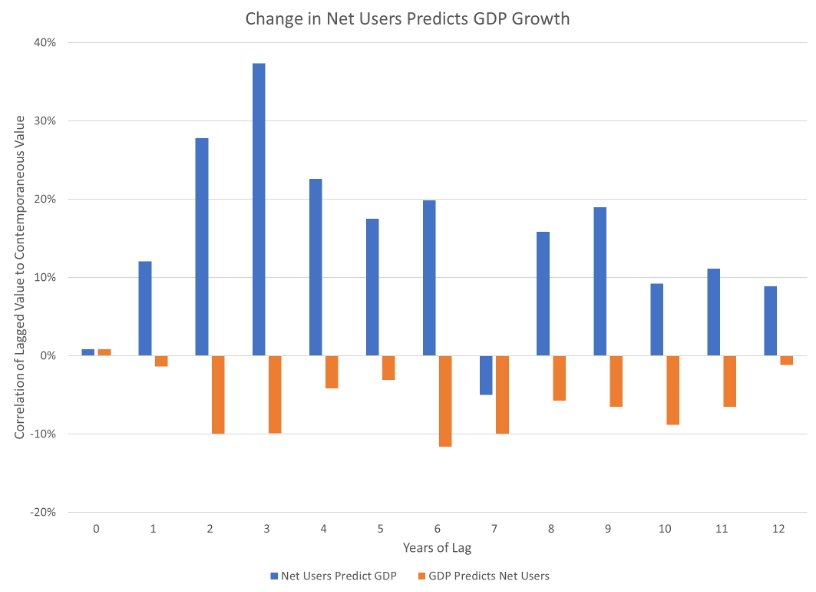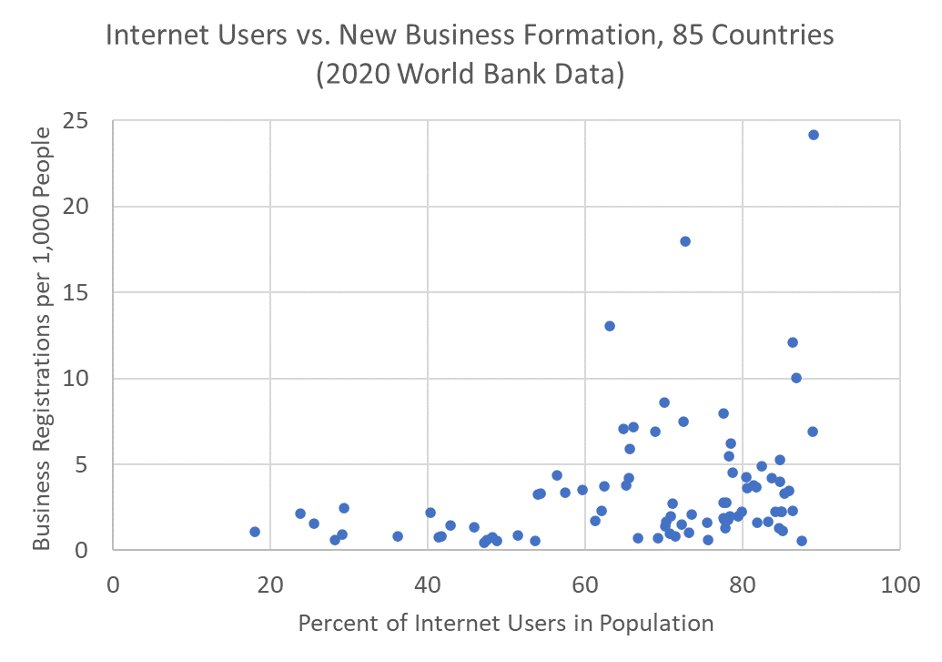Uncontrolled and seemingly uncontrollable migration to Europe (mostly with Endstation Germany) is without doubt the single-largest political concern and divisive political issue in the EU nations. The Ukraine war has further exacerbated to problem. The tragic fact is that the one policy direction with any promise to stem the tide, collaboration with China in the economic development of Africa, is ruled out by the EU leadership’s subordination to the unproven American claim that such collaboration presents a threat to security. For the US, of course, both the African migration and the Ukraine War issues are an ocean away.
The demographic tables portend a disaster in the not-too-distant future. Twenty years from now, the regions that send the most migrants to Europe—sub-Saharan Africa, North Africa, the Middle East and Pakistan—will have 40 percent more people aged 15 to 44, according to the United Nations’ median estimate. Without drastic improvements in the economic prospects of these countries, the surge in these countries’ population of prime migration age to nearly 1.4 billion in 2043 from less than 900 million today will lead to a crisis beyond Europe’s capacity to manage. Economic opportunity at home is the only solution.
There is a wealth of literature denouncing China for imposing “debt traps” on countries participating in the $1 trillion Belt and Road Initiative, and other studies that present China as "an international lender of last resort" for the world's poorest countries. Some of China's loans to the Global South have contributed to subsequent economic problems in debtor countries, and some have contributed to their economic well-being. To my knowledge, none of China's critics has attempted a net assessment of the impact of China's investment and trade activity in the Global South. The facts, however, are clear: China’s investment in infrastructure in the Global South is decisive for its economic well-being.
Just as railroads turned local products into world-market commodities during the 19th century, mobile broadband turns marginalized people in the developing world into actors in the global economy. China’s trillion-dollar investment in the Belt and Road Initiative has digitized communications in scores of developing countries, with transformative effects on their economies. The shift in China’s export patterns towards the Global South reflects this transformation. Ten years ago, China exported twice as much to developed markets (Europe, the US and Japan) as it to the Global South (broadly defined to include the BRICS countries). Now it exports as much to developing countries as to developed ones. And its leading export is infrastructure, especially digital infrastructure. Huawei and ZTE together have 40% of the world market for telecom infrastructure, vs. a combined total of 30% for Nokia and Ericsson. Because Huawei and ZTE are shut of the North American market—the biggest source of sales for Ericsson and Nokia—the Chinese companies’ market share in the Global South is correspondingly greater.
The link between digital technology and economic well-being is not controversial. International Monetary Fund economists wrote in a Jan. 9, 2023 blog post: “Digital technologies can increase the efficiency of the public and private sectors, expand financial inclusion, improve access to education, and open new markets by allowing companies to serve distant customers.”
The relationship between digital technology and economic growth can be quantified simply.

Strong statistical evidence shows that the buildout of broadband infrastructure predicts future GDP growth. The chart above compares the rate of change in Internet usage to the rate of change of GDP in a universe of 18 developing countries between 2000 and 2022. Each column shows the correlation between a contemporaneous value of one variable with lagged values of the other variable. Lagged values for Internet usage have a much higher correlation with contemporaneous values of GDP growth than vice versa.
The data show that access to the Internet in the Global South is not a luxury made possible by GDP growth, but rather a determinant of future GDP growth. China’s most visible investment in the Global South, in other words, promotes economic growth.
How does access to broadband foster economic growth? The answer suggested by the data is that it promotes entrepreneurship.
When the proportion of Internet users in a given country crosses the 50% threshold, business formation – at least in some countries – takes off. That’s not surprising. Broadband allows individuals at the margin of society to make electronic payments, secure credit, identify suppliers and customers, and all for the cost of a $100 smartphone.
The entrepreneurial surge didn't happen in every country where broadband became available. The 85 countries shown in the chart below exclude the developed world and very small economies, but include virtually all the developing world. We observe a relationship that is intuitively obvious: When the percentage of the population with Internet access approaches 60%, business formation skyrockets. Marginalized people who never had a bank account, let alone a credit line, and who lacked access to market information, now can make digital payments, locate suppliers and customers, and obtain market information.

With electronic payments, governments can collect sales tax from people who previously worked outside the formal economy. Broadband cheapens the delivery of public services, including health and education.
East Asia and Latin America are catching up with the industrial nations (OECD members) rapidly. The bad news is that Africa and South Asia remain well below the threshold of Internet penetration required to launch an entrepreneurial economy. The good news is that they are approaching the threshold for economic takeoff. Digital infrastructure is close to the critical mass required to support an entrepreneurial economy.

Artificial Intelligence applications enabled by broadband may have a bigger short-term impact on the poorest economies than on wealthy ones. Huawei designed mobile phone apps to connect customers and merchants, as well as users and funders. In Ghana and Kenya, we were told by representatives of the two countries' mobile providers, artificial Intelligence uses customers' payment patterns to open lines of microcredit. At Huawei’s Intelligent Finance Summit for Africa in Cape Town on March 28, Sub-Saharan Region chief Leo Chen said, "In Africa, there's an even greater imperative for banks to embrace digitization, as it allows for greater financial inclusion.”
Enabling entrepreneurs is one great benefit of digitization in the Global South. Another is controlling corruption. Writing in the Journal of Telematics and Informatics in 2021, researchers reported, “In developing countries, businesses and individuals make transactions worth billions every day using physical cash. Such cash payments are often insecure, difficult to trace and. These attributes of cash payments stimulate illegal activities and foster the growth of shadow economies. With the advent of financial technologies including mobile money, digital payment options offer an opportunity to control corrupt behaviors and activities.” Corruption seeps into every crevice of economic life in the Global South. Small-scale corruption is just as corrosive as large-scale corruption and digital payments help to eliminate both.
There is every reason to hope that the imminent tsunami of migration can be averted. But this can’t be done without China, and it can’t be done by China alone. Western nations should be collaborating with China to advance the digital revolution in the developing world. Their own future may depend on it.
Uwe Parpart is editor of the online daily Asia Times - with offices in the capitals of Northeast Asia, China and Southeast Asia and in New York. Prior to journalism, he was an Asia strategist at Bank of America in Hong Kong.
David P. Goldman is economics editor of Asia Times and was previously head of fixed income research at Credit Suisse and Bank of America in New York for many years.
